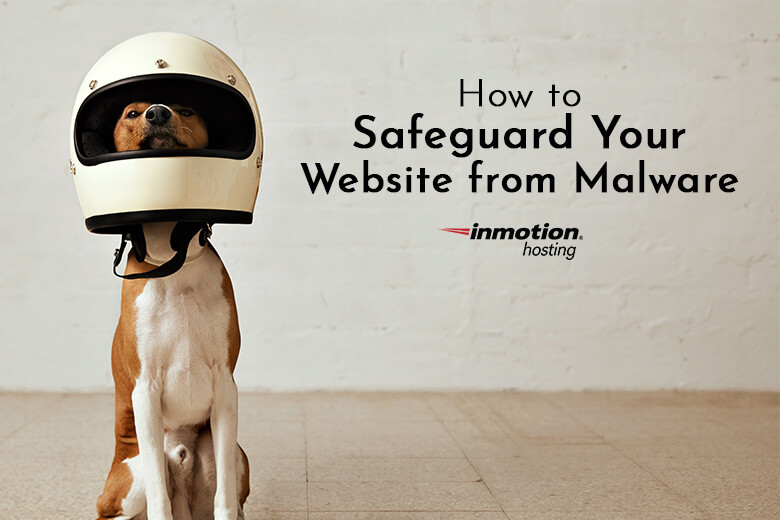
With huge companies like Facebook and Lyft getting hacked on the daily, it’s no wonder you’re concerned about web security.
As a business owner yourself, it’s important to keep your information (and that of your customers) safe. After all, just one small incident could end up costing you plenty of valuable time – and money.
Unfortunately, there are lots of ways a virus or malware could find its way onto your site. It can feel overwhelming, especially if you’re not familiar with the ins-and-outs of web security.
As part of our web design services, we always advise our clients on the best ways to keep their data private.
We’ve put together a list of our best tips, so you don’t have to do the research yourself. As always, we’re going to assume that you are using WordPress for your web hosting platform!
Let’s dive right in:
Make Sure to Complete All Updates and Patches
Why? CMS systems like WordPress are fantastic and easy-to-use, but they’re also frequent targets for hackers.
With so many developers creating so many different themes and plugins, it’s bound to happen that a few of them have security weaknesses.
Hackers search those weaknesses out, and they use them to gain access to your system. Luckily, updates and patches usually contain fixes for known security errors. As long as you stay on top of things, you should be fine.
Install a Quality Website Security Tool
There are numerous options when it comes to WordPress security tools – and many of them are completely free. When choosing one, look for an option that regularly scans your site for malware, viruses, and trojans and notifies you if there is a perceived threat.
Install a Web Application Firewall
A web application firewall is a server plugin or filter that applies a set of rules to HTTP conversation.
These rules help prevent common attacks such as cross-site scripting and SQL injection. In layman’s terms, a firewall stops viruses from ever entering your site in the first place – eliminating the need for damage control further down the road.
Limit File Uploads
Allowing users to directly upload files to your website can be fun (who doesn’t want to see how their customers are using their products?), but it’s also a huge security risk.
Any file upload, even if it’s just an order form or a small photo, can contain script or code that might infect your site. In order to reduce risk, limit the types of files that can be uploaded and scan shared files for malware.
Employ PCI Compliance
If you accept credit cards, you must adhere to the Payment Card Industry Data Security Standard (PCI DSS), or PCI for short.
The set of security standards helps ensure that you and your customers are protected from cyber attacks by providing basic security provisions for your site.
If that’s not enough of a motivator, know this: if you don’t comply, you can be prosecuted on the federal level.
Strengthen Passwords
This one should be a given, yet some people are still using passwords like “ABC123” or “Password.”
Hackers are quite adept at figuring those out. A good policy is to always include a variety of numbers, letters, and special characters – and then update it often. At least once every 90 days is optimal.
Keep Everything Backed Up
Last, but certainly not least, backup everything that you do. We’ve talked about the importance of backing up in past articles, and we’ll never stop saying it: having a (recent) copy of your website can save you a world of trouble.
If the worst-case scenario does occur, and your site becomes unusable, you can use a backup to get it up and running again quickly.